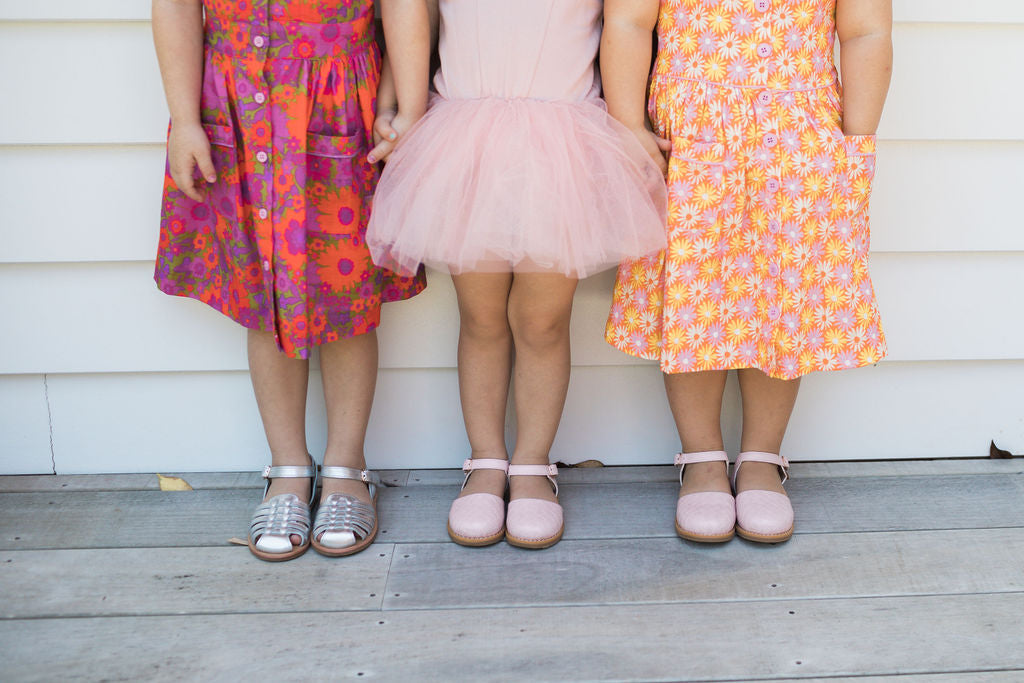As guardians, we acknowledge the significance of not just adorning your little ones with stylish shoes but also ensuring their utmost comfort. Let's embark on a journey to meticulously examine the intricacies of a kid's shoe, demystifying each component and illuminating how they collectively foster unparalleled comfort and support.
1. The Sole: The Foundation of Comfort Let's start from the bottom – the sole. This is the foundation of any shoe and plays a crucial role in providing comfort and support. Look for shoes with flexible yet sturdy soles, allowing for natural movement while providing the necessary protection for tiny feet. Non-slip features are essential for those early explorers taking their first steps.
2. The Upper: Embracing Tiny Feet Moving upward, we encounter the shoe's upper – the part that wraps around the foot. opt for breathable materials like mesh or soft leather to keep those tiny toes comfortable and cool. Adjustable closures, such as Velcro or buckles, not only make the shoe easy to put on and take off but also ensure a secure fit as your child grows.
3. Toe Box: Room for Growth The toe box is the spacious area at the front of the shoe that houses the toes. A generous and rounded toe box allows for proper toe splay and accommodates the natural growth of your child's feet. This is crucial for preventing discomfort and ensuring that little piggies have room to wiggle.
4. Insole: Cushioning for Comfort Inside the shoe, we find the insole – the layer between the sole and the foot. A well-cushioned insole provides extra comfort and support. Look for shoes with removable insoles, allowing for easy cleaning and the option to insert orthopedic insoles if necessary.
5. Arch Support: Nurturing Developing Arches While some children's shoes are designed with arch support, others may cater to those with flat feet. Understanding your child's arch type is vital for choosing the right shoe. Arch support ensures proper alignment and helps prevent discomfort or potential foot issues as your little one grows.
6. Heel Counter: Stability in Every Step The heel counter is the rigid structure at the back of the shoe that supports the heel. A well-constructed heel counter ensures stability and prevents the foot from sliding, promoting proper gait development. Shoes with a firm heel counter are particularly important for new walkers.
Making Informed Choices Armed with this newfound knowledge of the anatomy of a kid's shoe, we hope you feel empowered to make informed decisions when shopping for your little ones. Prioritise comfort, support, and functionality, and watch as your child takes each step with confidence and joy. Happy shoe shopping!

